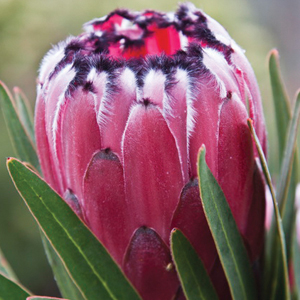Protea Growing Guide
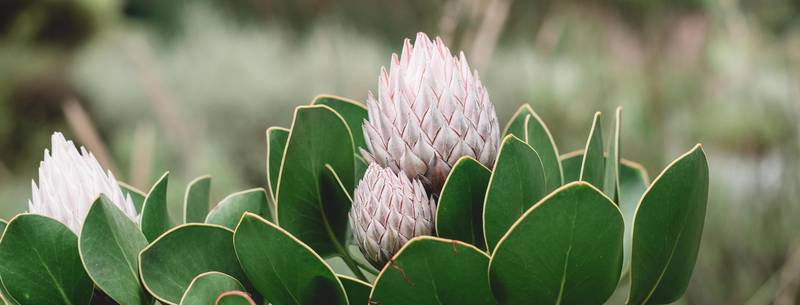
Proteas are woody, evergreen perennials with gorgeous, unusual-looking blooms from Autumn into Spring. These hardy shrubs attract birds to the garden with their large flowers in dusky pink and red rones, plus colourful foliage.
Many people are surprised to learn that Proteas originate in South Africa, as they are commonly included in cut flower arrangements alongside Australian natives.
This misconception is understandable, as they are related to a number of plants native to Australia, including Banksias, Grevilleas and Macadamias.
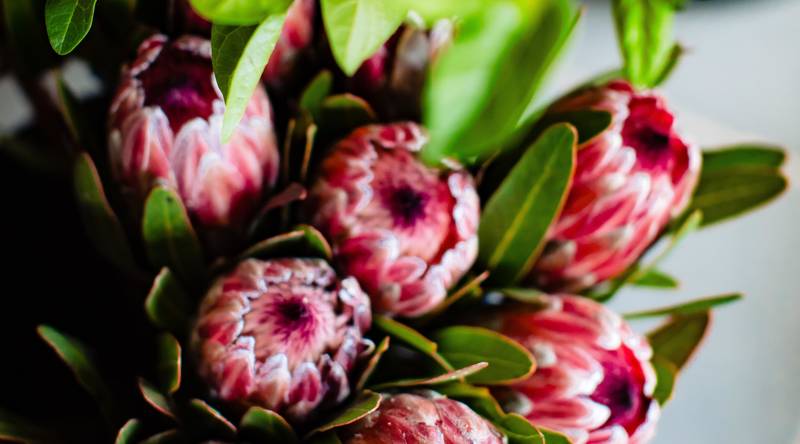
Proteas are moderately frost tolerant and drought hardy once established. They’re equally at home in garden beds, as hedges, or featured in pots and containers.
How To Grow Protea Plants
Climatic Zones for Proteas
Proteas can be grown in most zones in Australia, from cool through to mild tropical. They tend to dislike tropical heat.
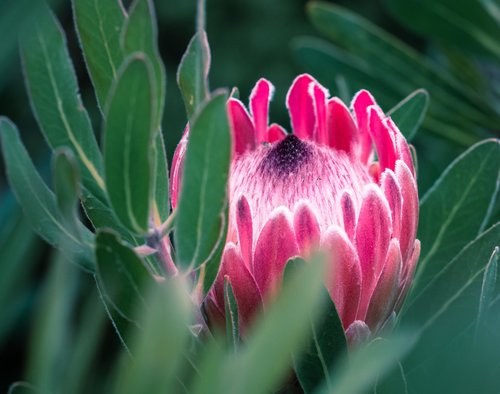
When and Where To Plant
While they perform best in full sun, Proteas can handle light shade.
Soil Preparation
Opt for well-drained soil with neutral to acidic pH and low fertility. Sandy soils will need added organic matter. Avoid heavy clay soil.
How To Plant Proteas
When planting a Protea, make sure there’s adequate room to spread out as it grows. Proteas need plenty of space for air to circulate around them; this will help prevent fungal infections.
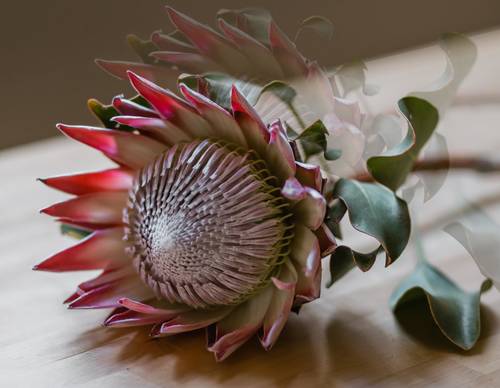
They dislike being moved once established.
When growing Proteas in pots, select a container with good drainage to avoid waterlogging. Use a potting mix and slow-release fertiliser made for Australian natives.
Maintenance
Overall, Proteas are very low maintenance. Still, there are few things to keep an eye on.
- Watering
Water regularly until established (generally, the end of the plant’s first Summer.) Then, water regularly during hot periods only. In containers, regular deep watering is needed, but take care not to overwater, as waterlogged soil can lead to root rot in proteas.
- Weeding and Mulching
Proteas are shallow rooted, so take care not to dig around the roots. Any surrounding weeds need to be pulled by hand. An organic mulch such as bark, straw or leaves can be used to suppress weeds and help protect the shallow roots.
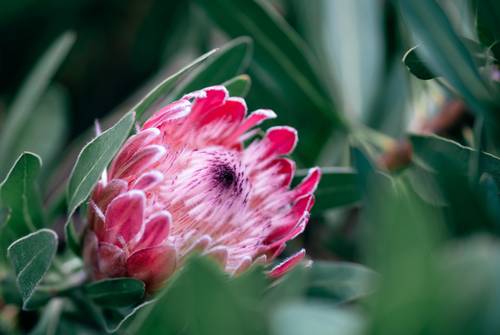
- Fertilising
In general, this isn’t necessary except in pots (use one made for Australian natives).
- Pruning
Prune back after flowering to keep plants compact.
- Pests and diseases
Leaf miner and fungal root rot are the most common issues seen in protea plants.
Cut Flowers
Protea flowers are excellent as long-lasting cut flowers. To prolong their life, add a tablespoon of bleach per litre of water in the vase.
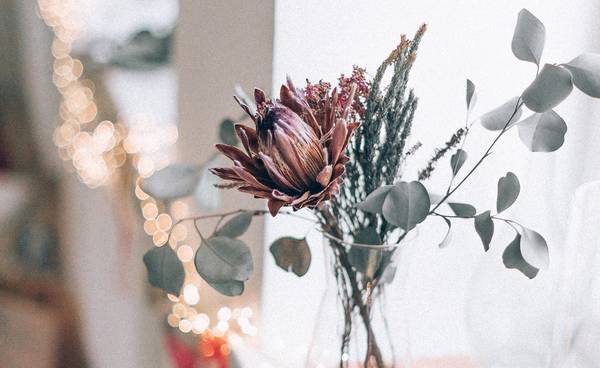
Keep in mind that some Proteas can take 3-6 years to begin flowering, so don’t be disheartened if you don’t see flowers in the first few years.
Recommended Varieties
Growing Proteas is a brilliant way to bring low-maintenance beauty to your garden. Garden Express stocks a number of stunning protea varieties, including:

